In the midst of my research into rug weaving, I came across the stunning textile work of talented artist Stephanie Fradette. It was her beautiful use of colour and texture in her woven pieces that really intrigued me.
She instantly became a prime candidate for our textile artist Q&A on the blog. Read below to find out where Stephanie Fradette gets her inspiration from and how she creates her unique woven pieces.
Hi Stephanie Fradette! Would you mind telling us a little about yourself and your background please?
I’m a French-Canadian fibre artist that lives in Scotland with my partner and two beautiful girls of 10 and 7 years old. I have a diploma in photography but soon discovered that travel was my passion. I had the opportunity to work in the travel industry, which took me around the globe before settling down to family life in Scotland where I reigniting my passion for the arts. Which has taken me on a whole new career path.
Aside from making and teaching fibre arts, I also work part-time as Creative Learning Coordinator for a local rural arts centre. It allows me to work within a team environment and keep my finger on the pulse of the wider artistic and makers community of the North-East of Scotland.
How did you get into working with textiles?
I became consumed by frame loom weaving about five years ago, after discovering a tapestry by artist Maryanne Moodie. I always loved the 70’s style and being a do-it-yourself kinda person, I jumped right into learning the craft with online tutorials and devouring vintage tapestry books.
With a newfound obsession and walls rapidly filling up with woven wall hangings, I started making fibre art for friends and family. When strangers started asking for pieces that they saw on my Instagram feed, I took it to the next level and started “Le Petit Moose” – a name chosen as a nod to my French-Canadian roots. It was always my dream to run a flexible home business, so it felt natural to progress into the online marketplace and Etsy was the perfect fit. DIY kits and teaching evolved organically throughout the years and now form an important portion of my brand.
Where does your inspiration come from?
Looking at fields against the horizon, or coastal drone images exploring symmetry and form, the designs aspects that I identify with are variations in texture, exploring colour gradients and adopting a simple linear approach. I also draw from my international travels and love of vintage; creating a modern perspective on a mid-century style.
Can you tell us about your creative process, what steps do you take when starting a new project?
I’ve been exploring the concept of horizons lately and colours dictate usually how I approach a project. I usually begin a project by selecting fibres, combining interesting hues and choosing what technique I’ll use to translate my vision. I like to work organically and allow my vision to change as the piece progresses.
How do you go about selecting your colour combinations, any tips?
Trust yourself! I have little yarn bundles in baskets dotted around the studio floor! Creating mood boards and Pinterest is also great for finding interesting colour combinations.
What do you enjoy most about working with textiles?
Creating colourful work brings me back to my earlier years travelling to exotic countries…places where peoples embrace patterns and bold colours in their everyday lives. Strong colours were at the forefront of my photography work while travelling and it’s come full circle as its translated into my textile work.
Which other textile artists do you love? Are there any that inspire you, past or present?
The textile queen Sheila Hicks for treating fibre as a living being and Maryanne Moodie for rebirthing the modern weaving revolution. I also find inspiration in Tom Hagen’s aerial photography; he finds beauty in new vantage points. Maria Svarbova for her near-perfect use of colour and geometric composition to create surreal scenes.
Do you have a favourite piece you’ve created so far?
A few years back, I created a tapestry called “Remnants” where I used yarn leftovers from the weaving classes. It was such a special wall hanging to create, having a little part of my former students with me. It now hangs proudly in my daughters’ bedroom.
Have you ever faced any challenges whilst creating a piece of work?
I’m always up for the challenge of creating commission work. Under the influence of another person’s vision; it enables me to see the pieces from a different angle. Help me innovate and push beyond comfort zone.
Do you have a least favourite part of the process?
Choosing what project to start on next is always a tricky one! So many ideas, so little time!
How do you keep all your tools and materials organised?
I’m fortunate enough to have moved into our converted garden studio a few years back. That has been fantastic in allowing me to keep my supplies and work all in one place. And that’s not forgot being able to leave the creative mess and close the door on it when I’m done!
What are you currently working on? Are you able to share any ‘in-progress’ photos?
I’m continuing on a landscape woven series and putting together DIY kits to help everyone stay creative during the lockdown.
What’s next for you in terms of textile projects?
This sudden change in work dynamics is allowing me to think differently. I now have the opportunity to revisit projects that had been started but not completed…such as playing around with my tufting gun! I’ll also be developing a body of work that will be revealed by the end of the year.
What tips would you give someone trying peg loom weaving for the first time?
I would say that finding the correct balance between yarn and peg size might be a bit tricky for a beginner in producing a uniform piece. This comes with experimentation but using chunky yarns is a good starting point.
We are trying to be a bit more eco friendly in 2020, do you have any tips or tricks to be more environmentally friendly in our day-to-day lives?
This unique and uncertain period the world is currently going through is showing us that living a sustainable lifestyle is more important than ever.
The “things” we thought we couldn’t live without before don’t feel as important now. We have to look more closely at fast fashion, plastics and one-use culture, and making do with what we already have. In my practice, I’ve been collecting fibre cut offs to integrate into new “remnants” work.
Where can people find out more about you and your work?
I’m on Instagram and Facebook @lepetitmoose
And via my etsy shop www.etsy.com/shop/lepetitmoose
Thank you so much Stephanie Fradette! It’s been great getting to know you! 🙂
If you’ve enjoyed our Q&A with Stephanie Fradette and would like to be the first to see future Q&As with artists and rag ruggers, then why not join our Rag Rug Community on Facebook, follow us on Instagram or join our fortnightly newsletter here.
Or, for more textile work then why not check out the incredible work of another one of our Q&A victims, Simone Saunders here.
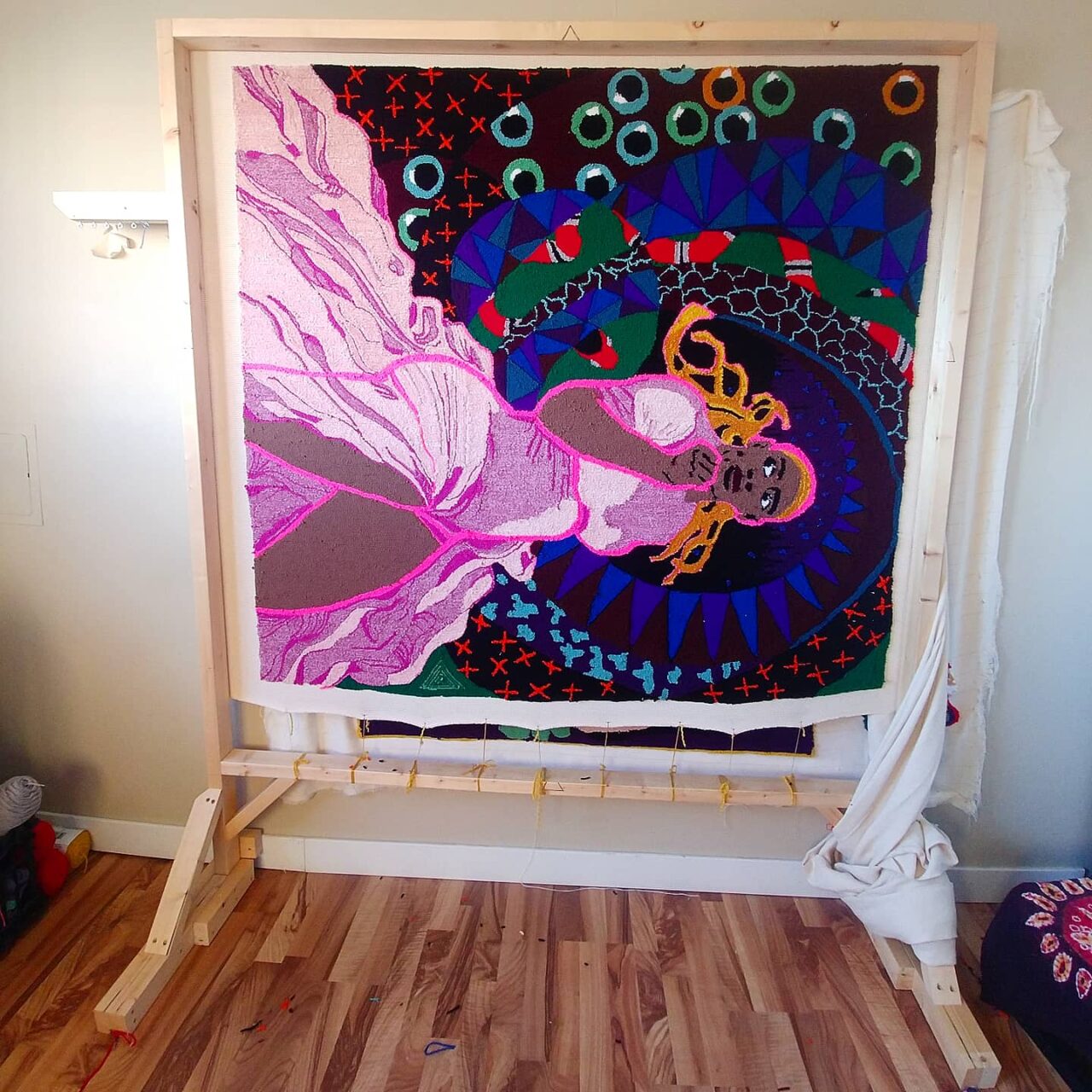
Check out our Q&A with Simone Saunders here.
OR CONNECT WITH US ON SOCIAL MEDIA AT:
Instagram: https://www.instagram.com/raggedlife/
Facebook: https://www.facebook.com/raggedliferagrugs/
Pinterest: https://www.pinterest.co.uk/raggedlife/
Twitter: https://twitter.com/raggedlife
As always, happy rag rugging!
Elspeth x
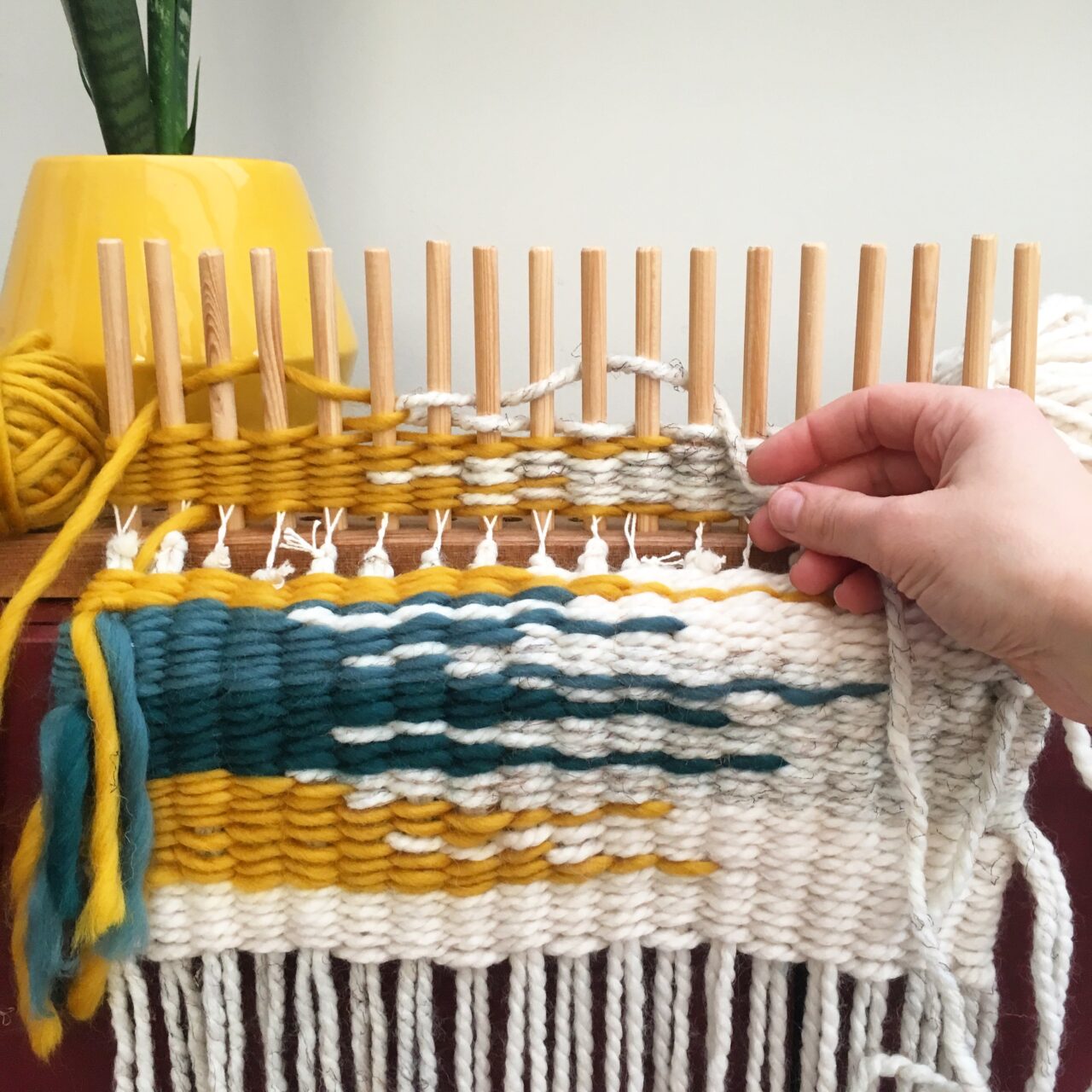
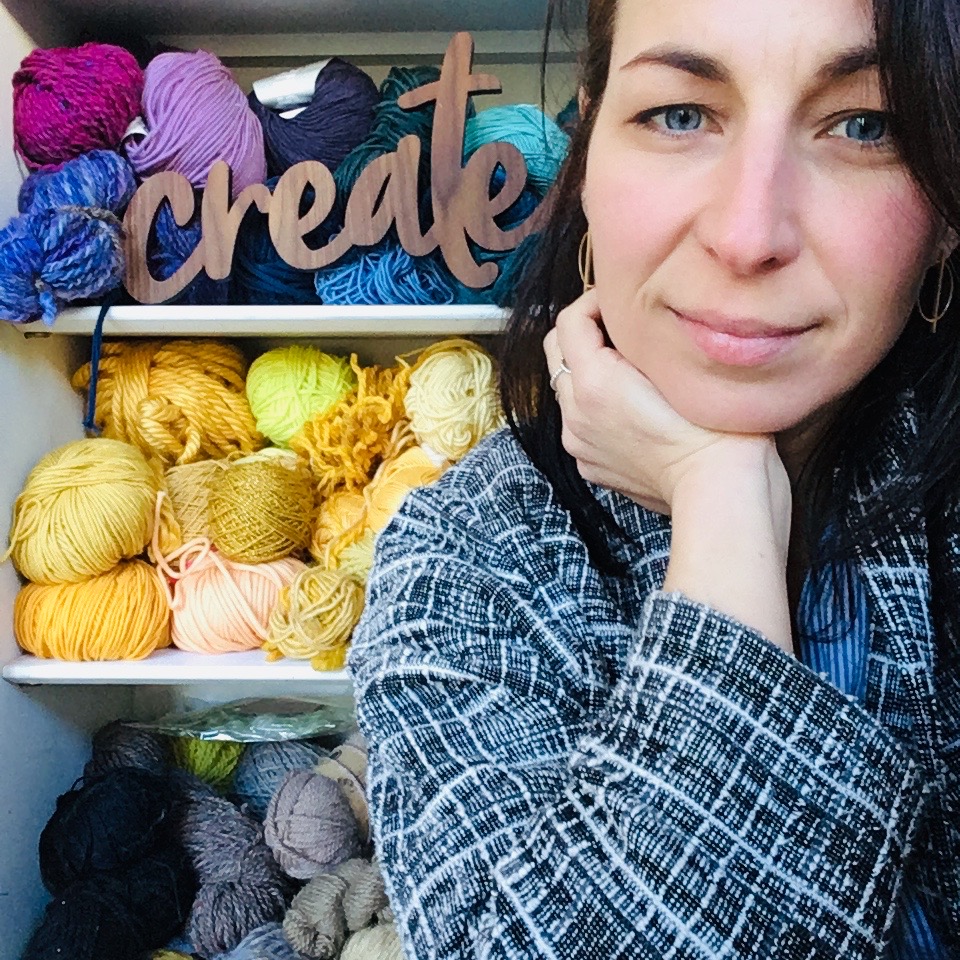

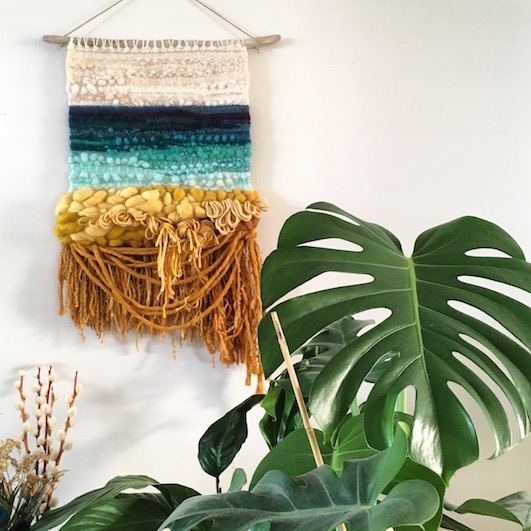
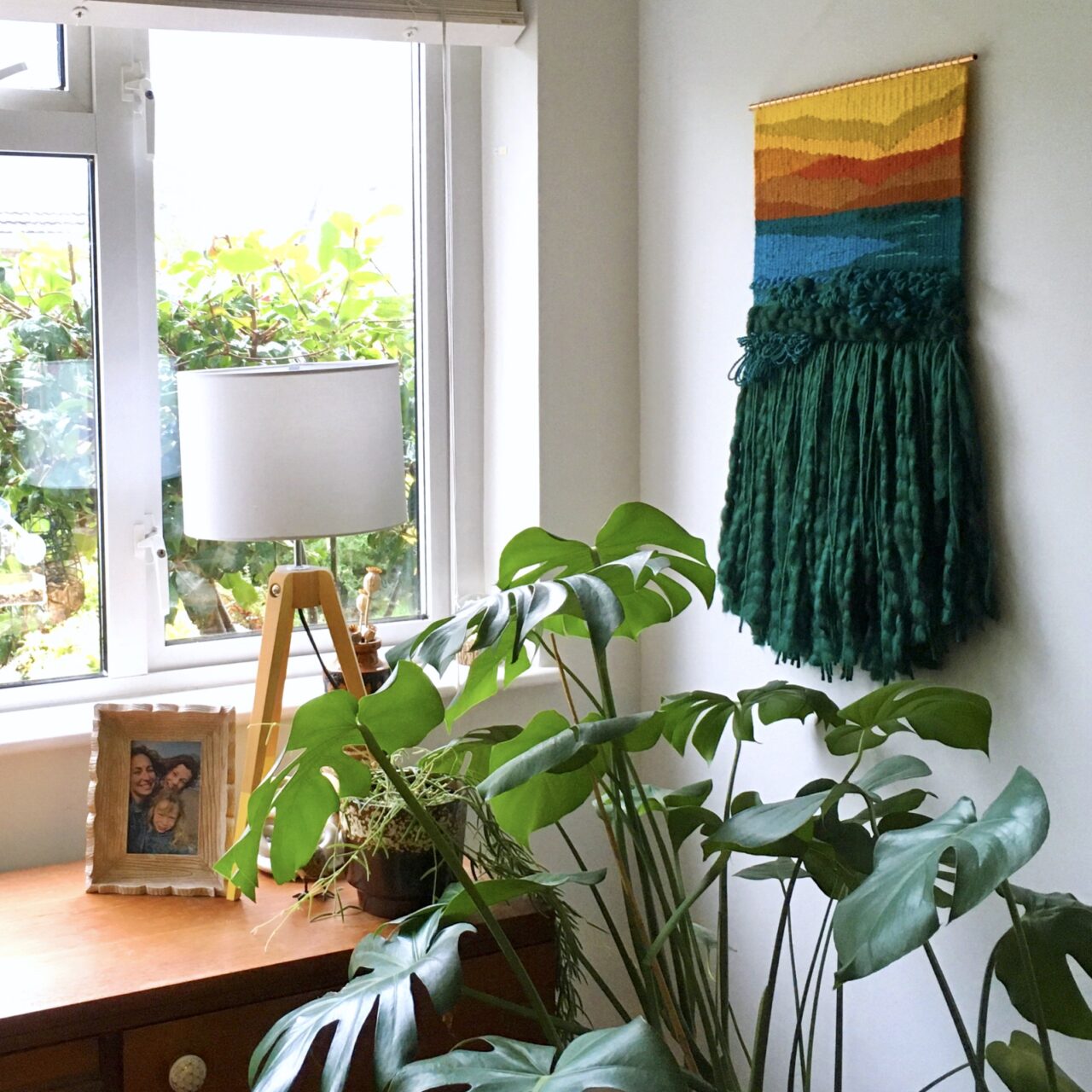
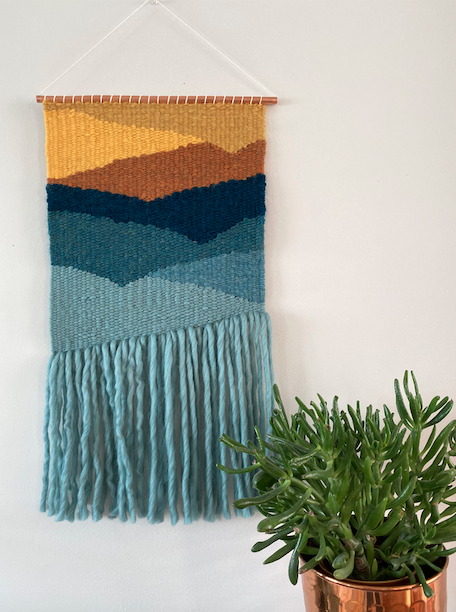
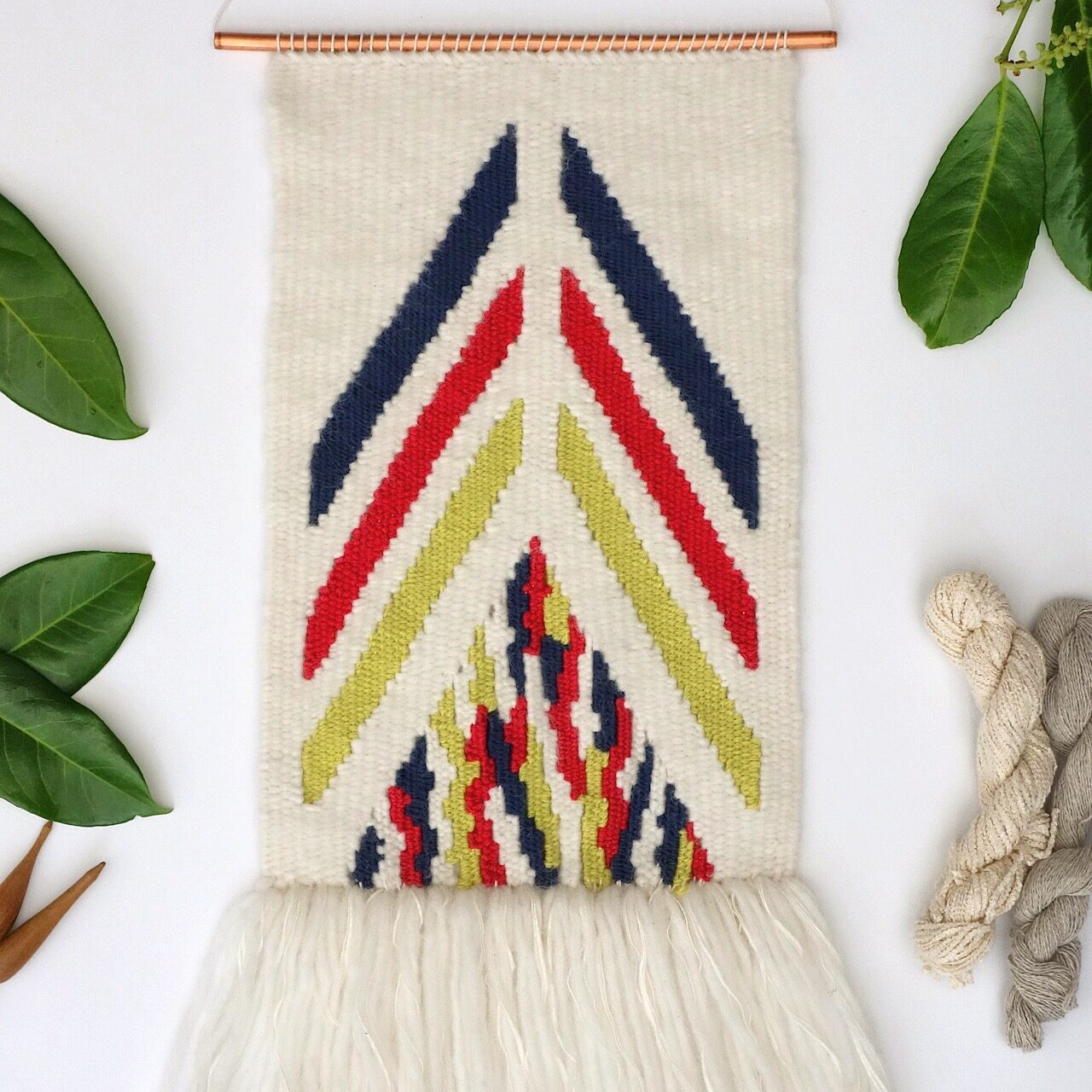
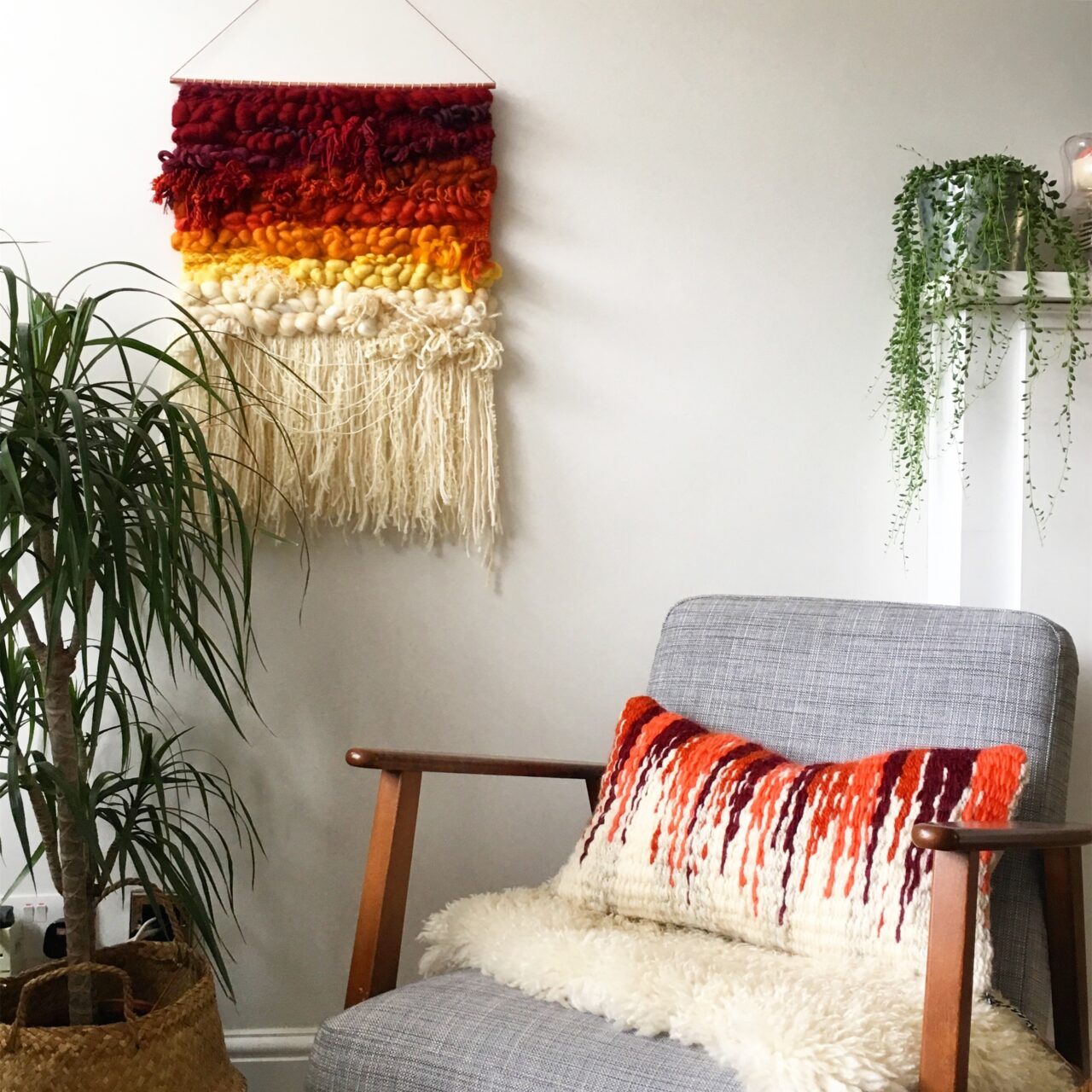
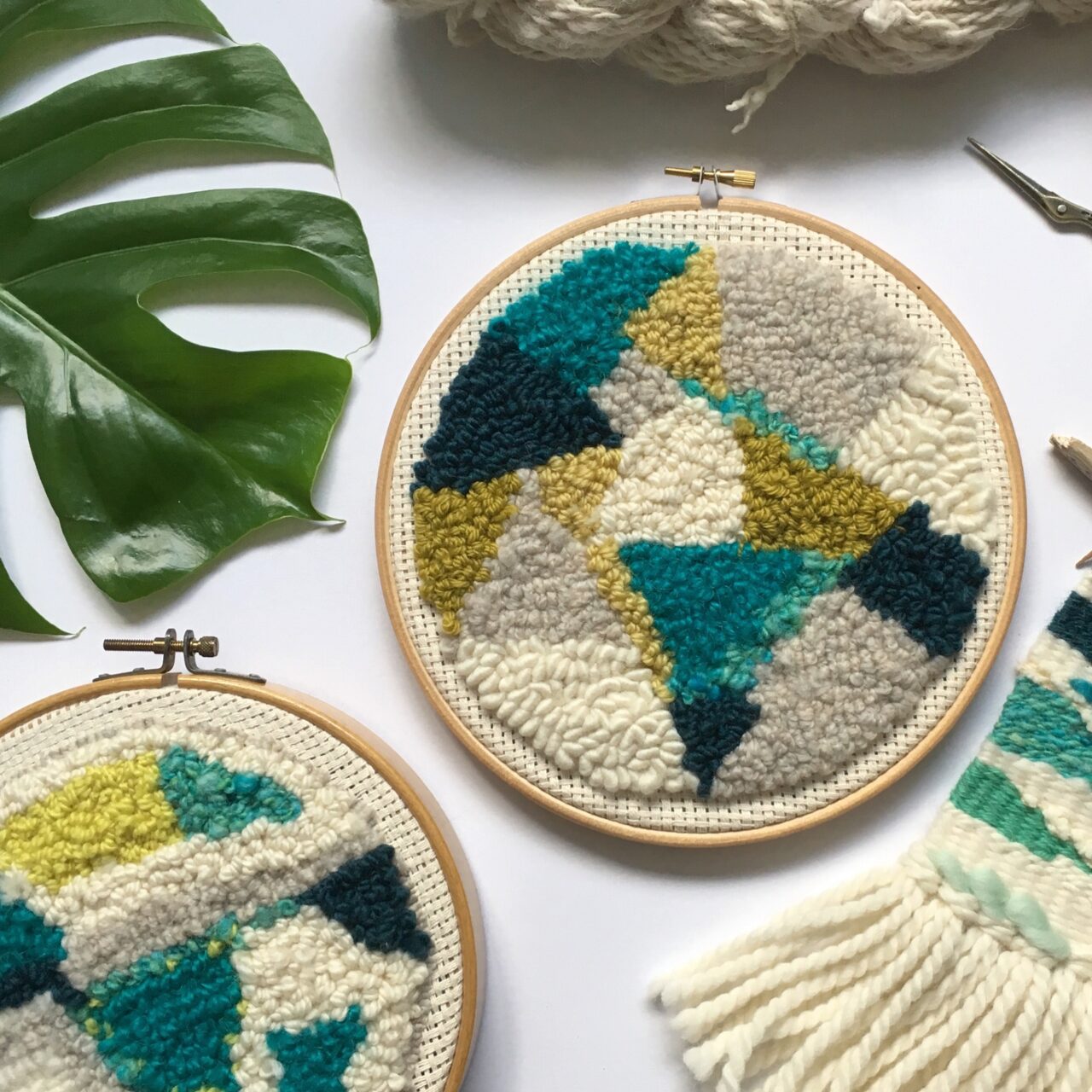
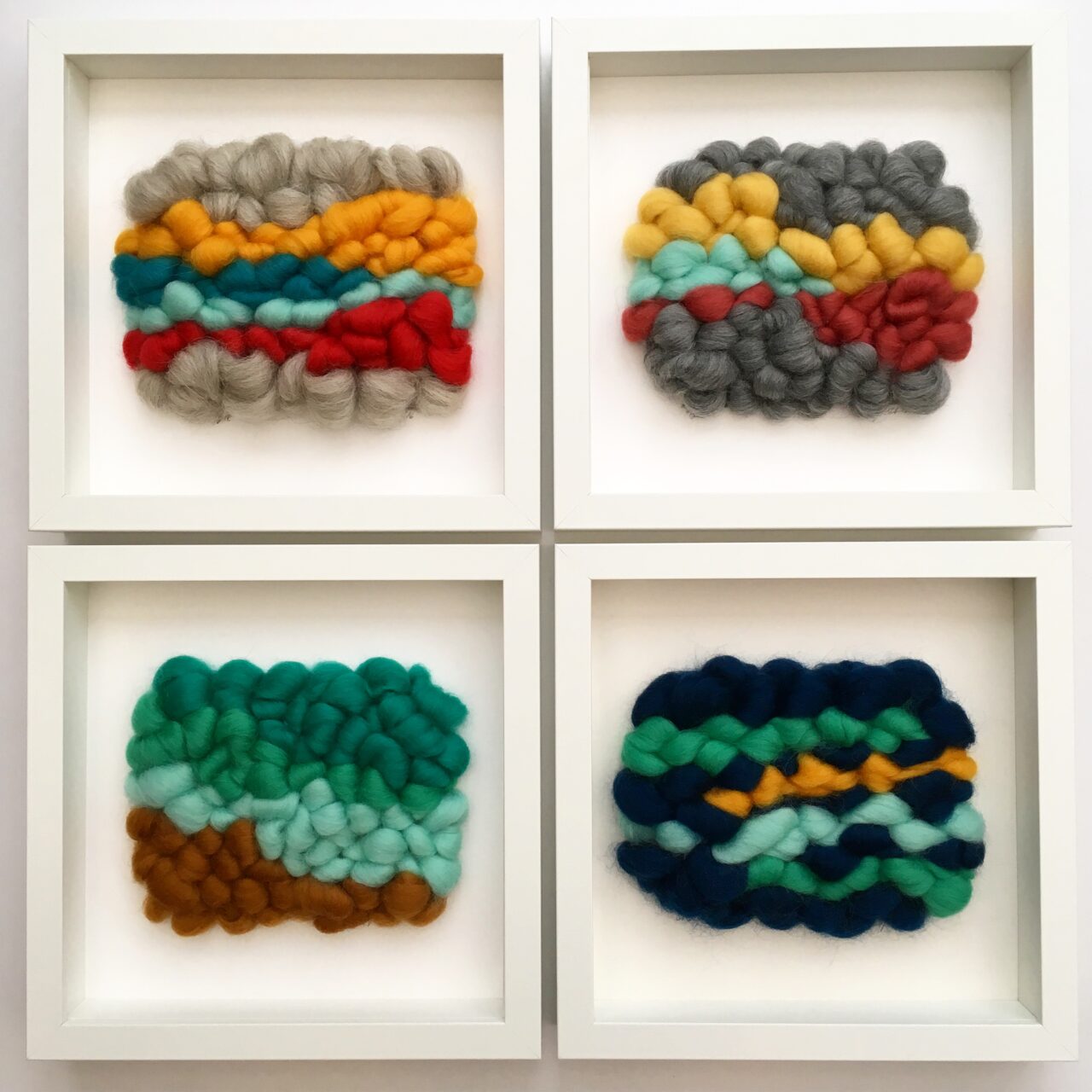
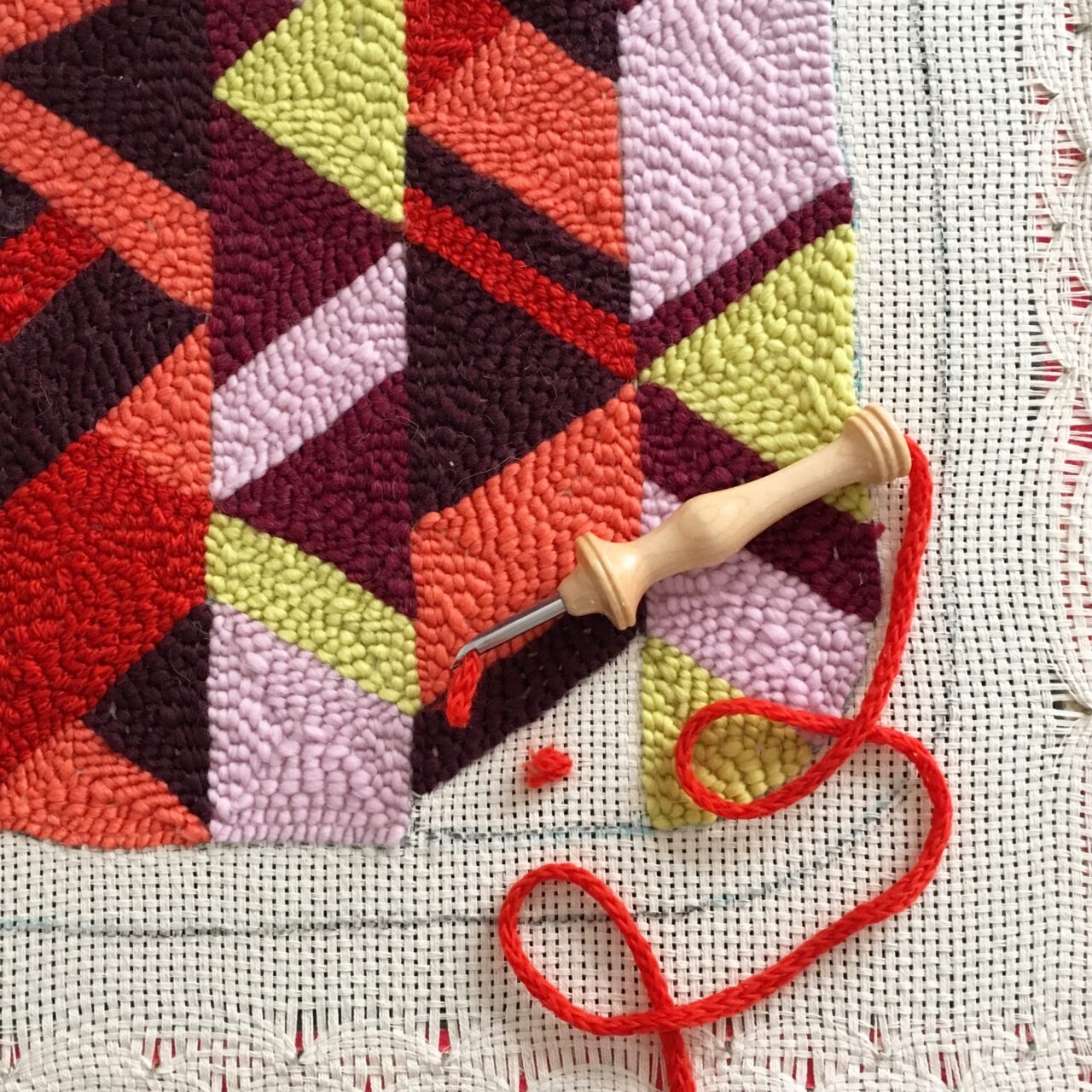
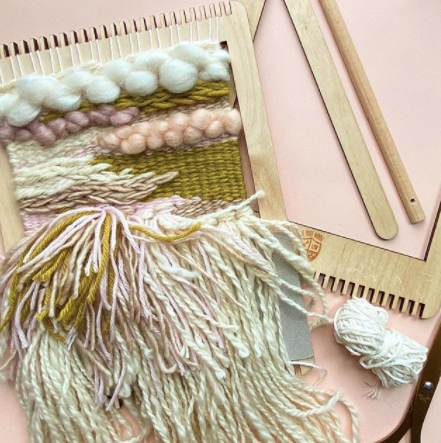
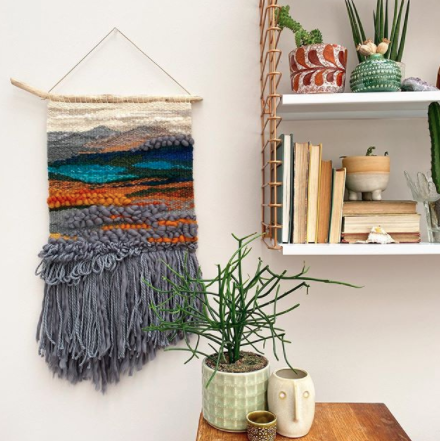
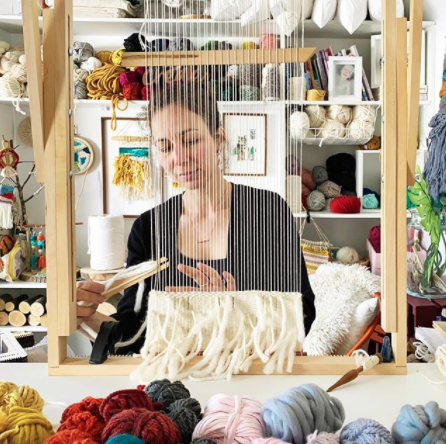
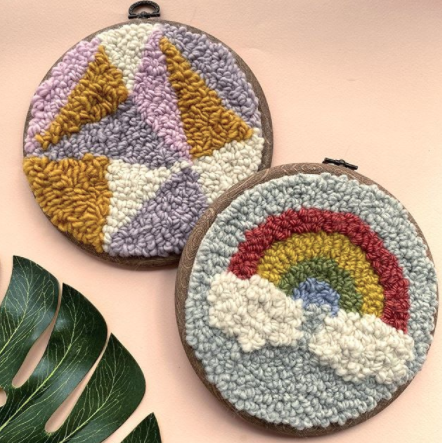
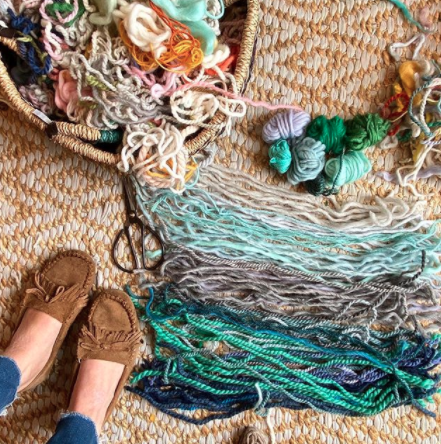

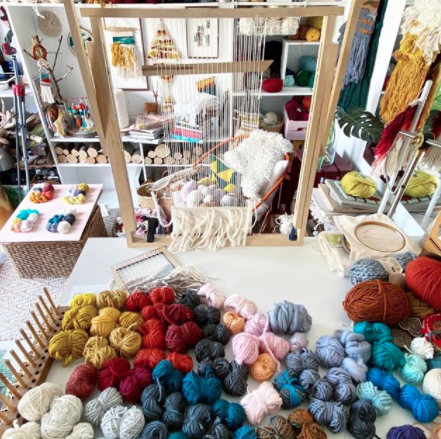
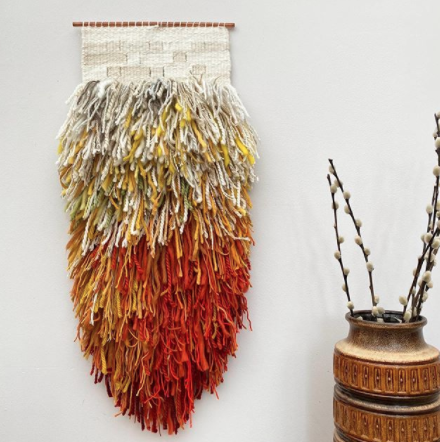
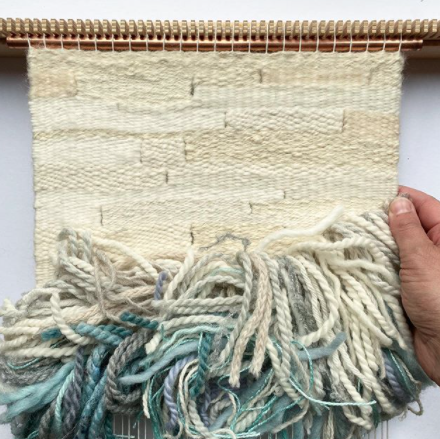
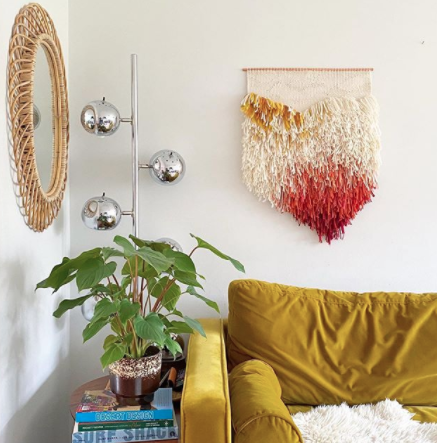
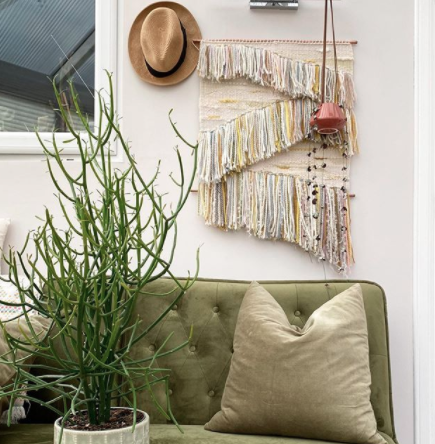
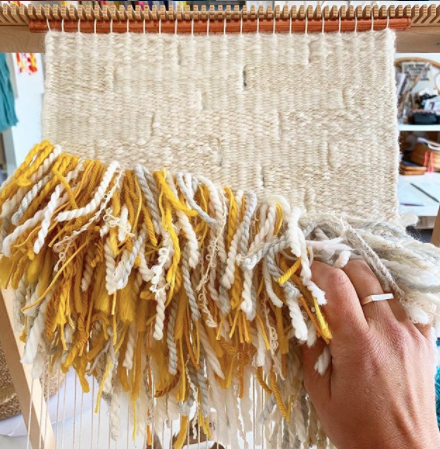
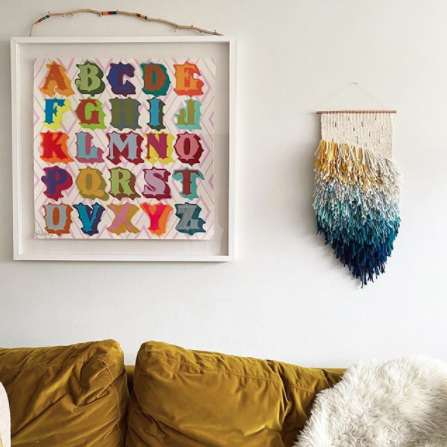
[…] Or, for more textile work then why not check out the incredible work of another one of our Q&A victims, Stephanie Fradette here. […]
So that is how a pegloom is used! I gave one in my textile cupboard